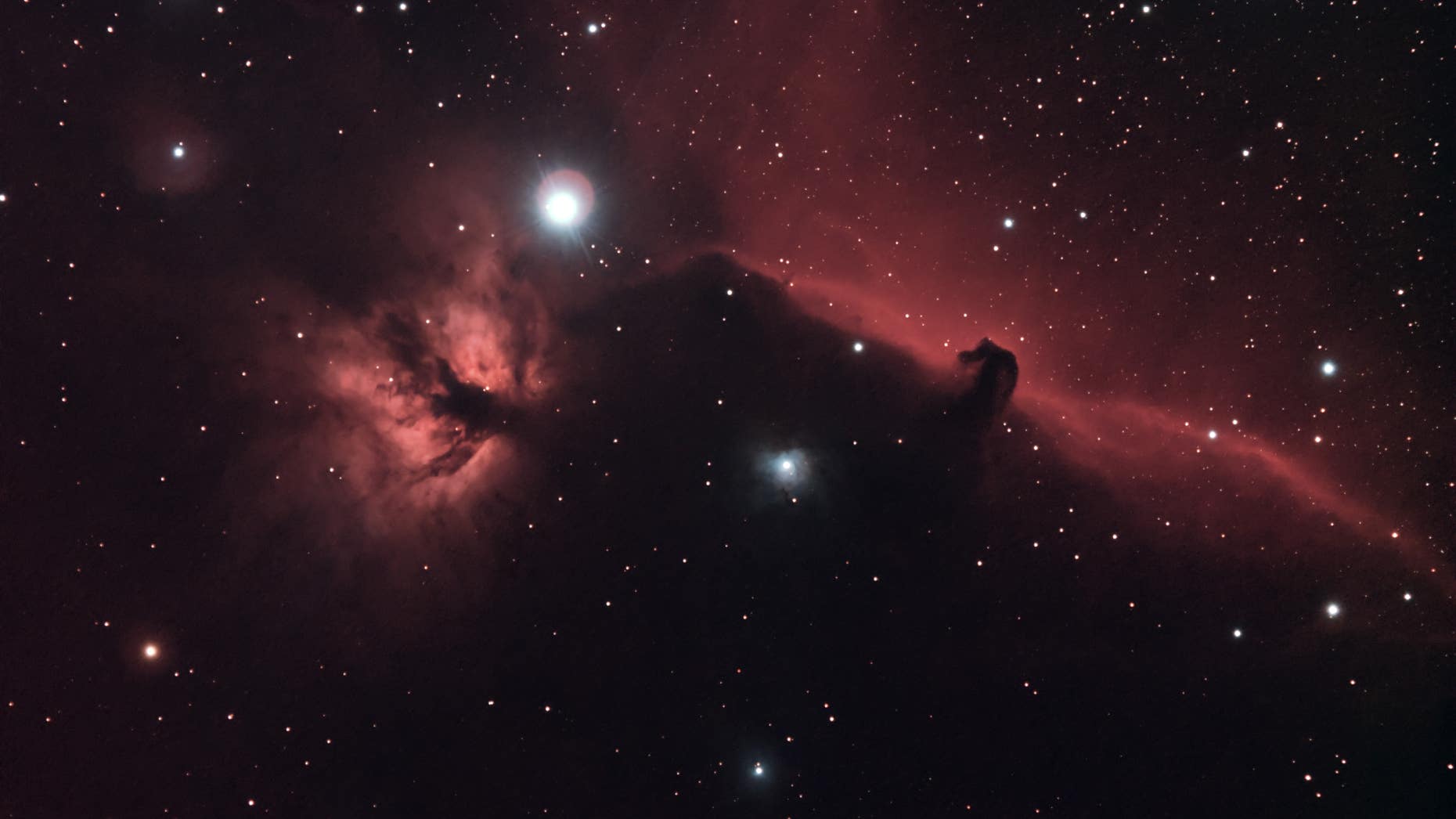01/03/2021
Using my 80/600 Skywatcher on a N-EQ6 equatorial mount limits the exposure time for each frame to about 20s or lower. Longer exposures lead to star trails, but with short exposures it needs much more light frames to produce good results. In order to go to the next level I finally needed a way to overcome this limit - I needed a way to improve the tracking of my mount with autoguiding. However, connecting a notebook with the mount does not feel comfortable for me. After some investigations I found a nice solution.
I bought these items:
- Raspberry PI 4 Starter Kit
- 60mm Guiding Scope
- ZWO ASI 120mm mono camera
On the Raspberry PI 4 I installed „Astroberry“ and configured a WLAN hotspot. It took me a rainy Sunday to get this to work. After solving some small issues I was able to connect to the Raspberry from my iPad using VNC where I now can start PHD2. The ZWO ASI 120mm camera is connected to the Raspberry via USB and to the ST4 port of my mount via ST4 cable.
On 03 March 2021 I tried my new setup for the first time. But I did not get a stable WLAN connection due to some wrong setup. So I corrected my WLAN setup and retried it on 05 March 2021. This time I decided to create an image of the famous Horsehead nebula and flame nebula in Orion constellation. It took about 50 minutes to improve my polar alignment, then I started PHD2 from my iPad and the auto guiding calibration started. After a few minutes the autoguiding worked very stable for some minutes, so I started my exposures.
About two hours later Orion was already near the horizon and it was now time for me to start creating darks. Another half hour later I pointed my telescope to the Zenit, put a Handkerchief on the objective and the iPad on top to create a few flat frames by switching the Canon into Av mode.
On the next evening I started processing my image with Siril and Affinity Photo. The autoguiding worked really great, Unfortunately, I did not have a light pollution filter with IR blocking. This affects my star images and maybe also brings some additional noise into the image - so this is one thing for improvements next time. I also did not find a way to do dithering, so next time I will also try to use Ekos for the entire imaging process. Okay, the image could have also a bit more exposure time, but this is just impossible in March. For a first shot I think this is a quite good result, but have a look on it by yourself.
